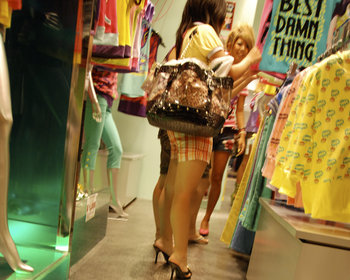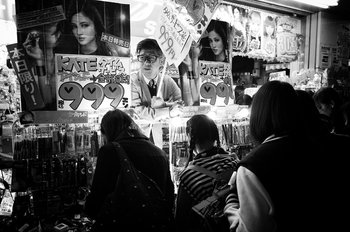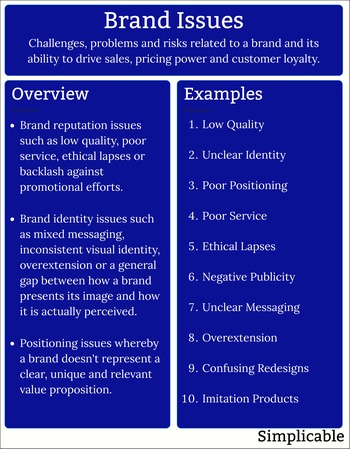
Promotion
Promoting products to customers by allowing them to play with new models and see prototypes or upcoming concepts.Branding
Representing your brand with a physical environment. Showrooms often have lavish interiors designed to impress.Customer Experience
Creating an experience around your brand that involves elements such as social interaction.Media Relations
Connecting with local media and influencers. For example, a fashion showroom that holds fashion presentations for fashion magazines and blogs.Sales
Generating sales leads or closing sales.Ecommerce
In many cases, showrooms are a recognition that many customers use shops to see products and then order things online. A showroom is often used to stimulate ecommerce sales and possibly direct those sales to your ecommerce platform.Service
Providing customer service functions such as answering questions or performing repairs.Customer Relationships
Building relationships with customers. For example, salespeople may socialize with their customers when the customer comes in for regular maintenance.Partners
Managing partner relationships. In some cases, showrooms are only open to distribution partners. This is common when a brand doesn't sell directly to customers.Logistics
Acting as a distribution point in a logistics chain. For example, ecommerce orders can be delivered to the showroom for pickup or local delivery.Reverse Logistics
Handling returns and end-of-life reuse and recycling.Training
Providing value added services such as training.Events
Holding media, industry and customer appreciation events.Camping
Temporary showrooms may be used to camp near large industry events such as a fashion week.| Overview: Showroom | ||
Type | ||
Definition | A space for displaying products and services. | |
Related Concepts | ||




























